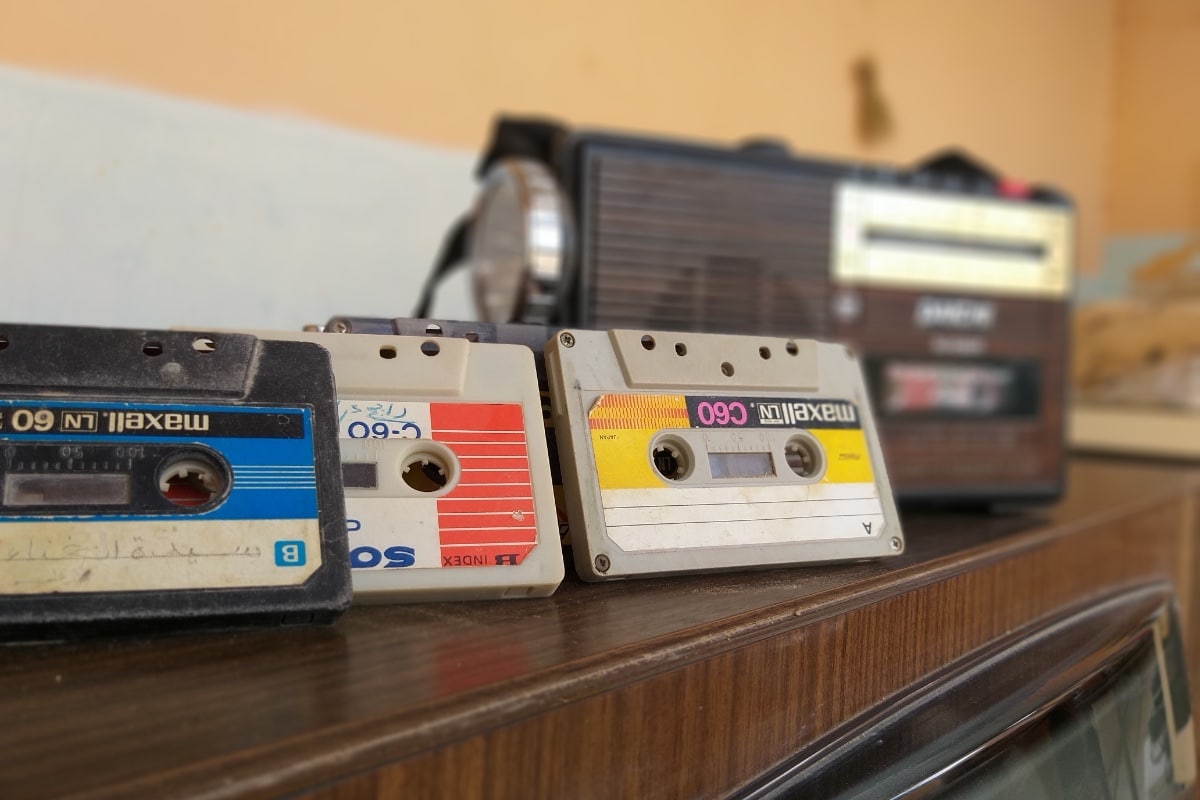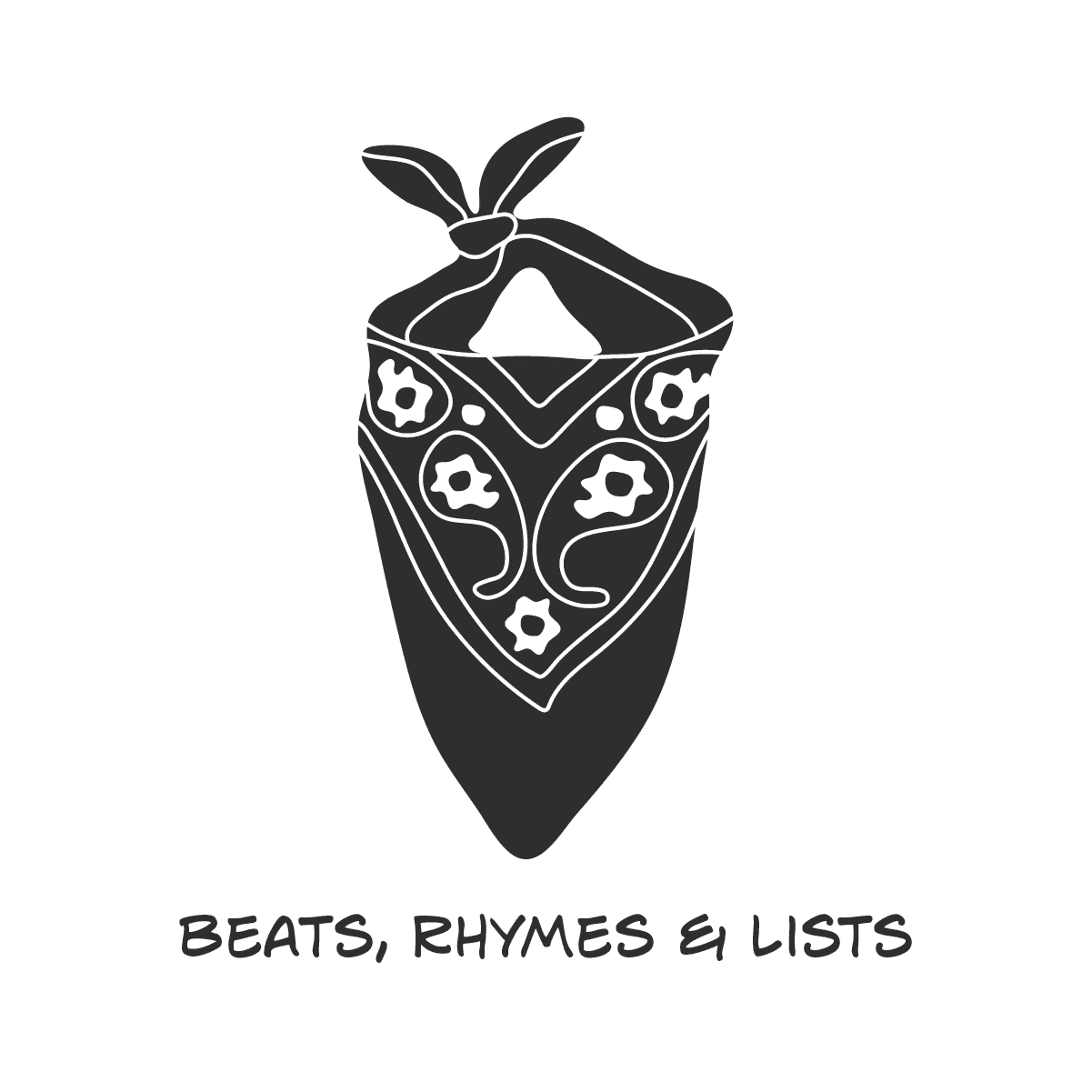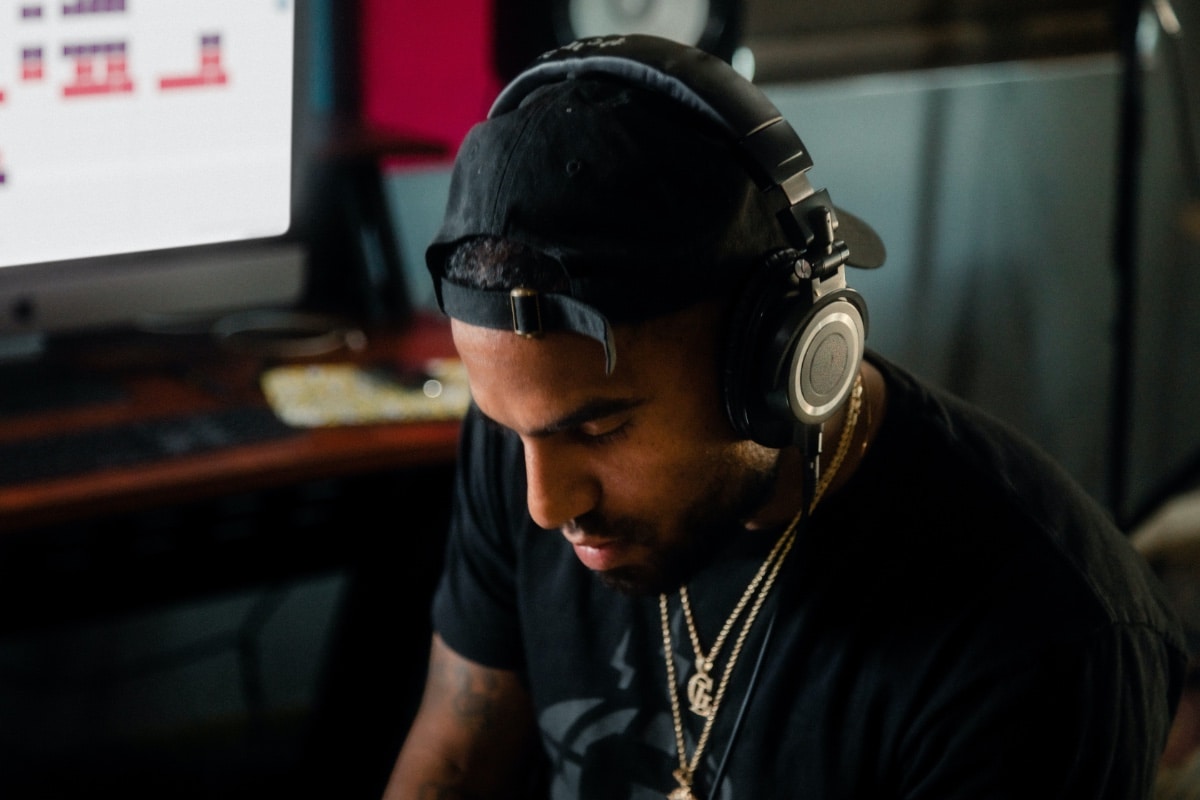As an independent artist one of the main things you have to understand is distribution. With nobody there to put in the hard work for you, it’s down to yourself to make a positive impression. One of the best ways to distribute your music is to submit music to a radio station.
Radio promotion is always one of those debates for independent artists. Do you need radio play to be successful in this day and age? I personally don’t think it’s an essential factor, but that doesn’t mean it’s not a useful way of pushing your brand and music.
Radio stations provide exposure, excitement and hype for your music and can help to really build up and solidify that brand appeal that you wish to cultivate.
Submission, though, isn’t as easy as just sending them an .mp3 and hoping for the best. No, there’s so much more to radio submission than sending the music along. Interested in finding out more? Then let’s take a closer look at how to submit music to a radio station without any obstacles blocking your chances of being heard or getting some more exposure.
Submitting your music to radio stations
In the past, getting your tunes out there meant doing a hell of a lot of work. It meant posting CDs, printing out cover letters to sell your story, buying up loads of bubble envelopes, digging deeper into all of the potential stations to send it off to and then bunging them all away and posting them.
With the fees and the time added in for creating samples, sending your samples to 10-20 radio stations became an expense. Thankfully, in the modern world, submitting music to a radio station is much easier than it’s ever been before.
First off, you have to find out who the Music Director and Program Director of the radio station that you wish to submit is. Don’t be too ambitious, either; don’t go sending away applications to the top radio stations in the country. Start off local and even with things like college radio, and you can easily learn how to build the right message in your introductions and your sample postings.
Since an MD is likely spending their whole day just listening to the hundreds of songs they receive every day, you might find it hard to actually get heard by them – or heard in the right frame of mind. To help make sure that they don’t just listen to everything, though, strict sending protocols exist today to stop MDs and PDs getting inundated with garbage that can’t even follow basic instructions.
If you want to get noticed, you have to put it across right. This means no e-mails with attachments, no casual links to streaming sites to hear you, and especially no download links!
So, how do you even get it across then? With all of the conventional options seemingly out of reach, how can you submit the music freely?
Digital Media Distribution System
Your aim, then, is to try and make sure you look as professional as possible. These radio stations – even smaller, local ones – are getting hit up by major productions and record labels to try and put across the right message. To give yourself the best chance of being a success, it falls on you to find a solution whereby you provide a professional answer to any MD.
One of the most common themes that you need to get used to is turning to the Digital Media Distribution System (DMDS). Many MDs are using this today because they know it’s reliable, safe and easily scrutinized by the best artists.
It’s almost exclusively used in this industry and is used to both receive and then look over and ascertain musical quality. They provide figures to the radio station about performance, as well, making sure that any ‘facts’ you provide about how many have listened can be verified.
If you don’t follow the simple protocol of uploading it through the DMDS then you are just asking for trouble. Once you have used this system and have delivered your music following the protocols that they undertake, you still have a fight on your hands to make sure it even gets picked – and enjoyed.
Using the DMDS
Since this is totally free to be a part of you have no reason whatsoever to stand back and not make the most of it. It only takes a few moments for you to get everything arranged and your profile fully set up, too, so taking the time to do this is going to be beneficial to your chances of radio promotion in the long-term.
You can make up small packages that fit with the genre and type of radio station that you are going to target in the long-term. Now you can send off your music in the right format and with the right kind of style with a few single clicks. This gets it all shipped off to those radio stations that are asking for these parameters allowing you to follow protocol with ease.
What we do recommend is sending a nice, formal follow-up e-mail after you upload to the DMDS. Use this as a chance to introduce yourself and make the MD and PD aware that you have sent in your audio for review. Remember, no links or additions here other than an e-mail to get your name recognized.
It shows an ambition and a touch of personal class, without the same plug that many artists try and throw in.
To use the DMDS, you simply need to download the software from their official site and open it up. Get your song file in a WAV format and upload that. You’ll have to provide lots of information about the song, including song art, titles, lyrics and other major details such as contributions and any other locations that the song can be found online.
Following this simple guide, you can avoid the one major mistake that so many independent hip-hop artists make; not following protocol. Thanks to this you can make sure you are well on track with your decision making and ensuring that you follow the needs and asks of the radio station that you are hoping will pick up and play your tunes.









